TL;DR IDPA focuses on realistic self-defense scenarios with strict rules and everyday gear, while USPSA is faster, more open-ended, and rewards speed and creativity. Try both and see what fits your style.
When it comes to handgun shooting sports, the International Defensive Pistol Association (IDPA) and the United States Practical Shooting Association (USPSA) are two of the most popular options.
While both offer the thrill of competition, they cater to different shooting styles and mindsets.
This article dives into the real-world experiences of shooters who have participated in both sports, offering a community-driven perspective on their similarities, differences, and unique challenges.

Core Philosophy and Purpose
IDPA: Simulated Defensive Scenarios
IDPA was designed to simulate real-world defensive shooting situations. Participants use their everyday carry (EDC) gear to complete stages that often mimic self-defense encounters. However, many shooters feel that IDPA’s focus on realism is sometimes overshadowed by its strict and intricate rules.
John Morrison humorously described IDPA as “a Homeowners Association with guns.” This sentiment highlights how the sport’s extensive rulebook can feel overly bureaucratic at times.
Nikolaus Habicht added that “IDPA teaches valuable defensive tactics, like retreating while engaging targets,” making it useful for practical training. Other shooters appreciate how it builds fundamentals such as drawing from concealment, cover usage, and accuracy under pressure.
USPSA: Fast-Paced Action and Skill Testing
USPSA, on the other hand, prioritizes speed, precision, and creative problem-solving. Shooters navigate dynamic stages designed to test their abilities in rapid decision-making and efficient shooting.
Unlike IDPA, USPSA is described by Robert VanderVelde as “fast-paced, with fewer rules and more bullets.” Ryan Lee shared, “USPSA keeps my heart pumping all day, while IDPA felt so slow I wanted to nap in the middle of the match.”
For many, USPSA represents the pinnacle of action shooting. Yet others value how USPSA cultivates a competitive mindset and constant drive for improvement.

Key Differences Between IDPA and USPSA
Rules and Structure
IDPA: Tactical Priority & Cover
The biggest difference lies in the rules. IDPA enforces strict guidelines, such as limiting magazine capacity to 10 rounds, requiring tactical priority (shooting the nearest target first), and mandating the use of cover garments.
Kristopher Ray Bolleter jokingly summarized IDPA as “a game where understanding the rules matters more than shooting skill.” Still, some shooters find satisfaction in mastering the intricacies.
USPSA: Freedom to Create Your Path
In contrast, USPSA allows for more freedom in how stages are approached. Shooters can devise their own strategies, choosing how to navigate targets and reloads.
“USPSA gives you the freedom to solve problems your way,” said Ryan Lee, adding that it’s a sport that rewards creativity and speed.
Equipment Requirements
IDPA: Everyday Gear, Specific Rules
IDPA emphasizes realism, so most EDC gear is acceptable. Marcelo Fartura explained, “You don’t need to buy anything special to start IDPA—just use your everyday carry gun and gear.” However, the holster must meet specific criteria, and a vest or cover garment is mandatory to conceal the equipment.
USPSA: Competition-Ready Flexibility
USPSA offers more flexibility, allowing specialized gear designed for competition. Michael Ennis suggested, “If you want to compete in both sports, you can set up a belt for IDPA and use it in USPSA with slight adjustments.”
Quick Reference Comparison Table
|
Feature |
IDPA |
USPSA |
|
Style |
Defensive realism |
Fast-paced competition |
|
Rules |
Strict, tactical-based |
Looser, strategy-based |
|
Gear |
Everyday carry focus |
Race-ready gear allowed |
|
Stage Design |
Realistic encounters |
Open and creative |
|
Round Count |
10-round limit |
High round count |
|
Cover Garment |
Mandatory |
Not required |
The Experience of Shooting Each Sport
IDPA: Slower Pace, More Rules
For some, IDPA’s deliberate pace and detailed rules can feel tedious. “The stage design seems to slow you down as much as possible,” noted Ryan Lee. Toby Johnson added humorously, “The suffering just goes on and on.”
However, others appreciate the emphasis on defensive tactics, structure, and the accessibility of starting with minimal gear. For those interested in concealed carry or real-life scenarios, it offers practical skills that directly translate to everyday defense.
USPSA: Dynamic and Thrilling
USPSA is widely regarded as the more exciting option. Toby Johnson compared it to IDPA, saying, “You can eventually zero a stage in USPSA, meaning it doesn’t get worse.
In IDPA, penalties just pile on.” The fast-paced action and focus on skill development make USPSA a favorite among those who thrive on adrenaline and competition.
 Women in the Sport
Women in the Sport
Competitive shooting has seen a rise in female participation across both IDPA and USPSA. Amanda Ruiz shared, “USPSA gave mea platform to challenge myself mentally and physically. It’s empowering to be on the line and know I belong here.”
Similarly, Sarah Chang appreciated the practical nature of IDPA: “As someone who carries daily, IDPA helped me think about movement, positioning, and real-world response in a high-stress scenario.”
Both sports continue to grow more inclusive, and local matches often feature women not just as participants, but as match directors, safety officers, and community leaders.
Common Themes and Observations
Overlap Between the Sports
Many shooters participate in both IDPA and USPSA. Allen Reed, who shoots both, shared, “For those saying IDPA is slow-paced, they’ve never shot a match.
The biggest difference is IDPA has more rules and fewer rounds. Outside of that, to win a match, you have to be fast and accurate.”
Community and Accessibility
The availability of local matches often determines which sport shooters pursue. Shaun Crawford explained, “If all the matches around you are IDPA, you’ll adapt your USPSA rig and go with it.”
Both communities are known for being welcoming to newcomers, and most ranges host orientation briefings for first-time competitors.
Humorous Criticism
IDPA’s rules are frequently the subject of jokes. Ryan Davis called it “for lawyers who love rulebooks,” while USPSA’s high-intensity matches are widely regarded as thrilling but challenging for newcomers.
Advice for New Shooters
Getting Started
If you’re new to shooting sports, the best approach is to try both IDPA and USPSA. Start with the gear you already have, and don’t stress about investing in specialized equipment upfront.
Benjamin Jorden recommended, “Go to a local match with whatever equipment you have now. Let them know it’s your first time—they’ll help you out.”
What to Expect
Expect a safe, structured environment focused on fun and learning. Matches start with safety briefings, and more experienced shooters are often happy to mentor newcomers.
Wear comfortable clothing, bring hydration and snacks, and focus on safety and improvement—not speed.
For those planning to compete in both sports regularly, consider setting up gear that works for both. Michael Ennis suggested, “Build an IDPA-compatible setup, and you can use it in USPSA without much inconvenience.”
Which One Is Right for You?
The choice between IDPA and USPSA ultimately depends on your goals. If you’re looking to practice defensive skills in a structured environment, IDPA may be the better fit. If you thrive on high-energy competition and enjoy pushing your limits, USPSA is likely your game.
Tony Torres summed it up perfectly: “Both are games. Play accordingly.”
Conclusion
IDPA and USPSA each offer unique experiences, and both have passionate communities that make the sports enjoyable. Whether you’re drawn to the tactical scenarios of IDPA or the fast-paced action of USPSA, there’s something to learn and enjoy in both.
Whatever you choose, the most important thing is to get out there, shoot safely, and enjoy the ride. The best way to learn is to jump in and start sending rounds downrange!
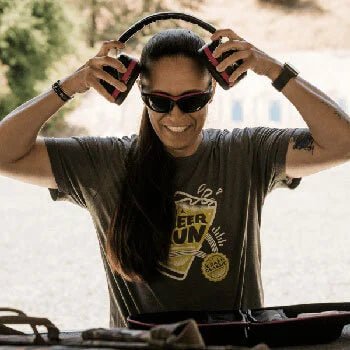


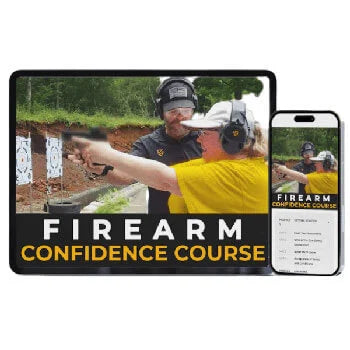

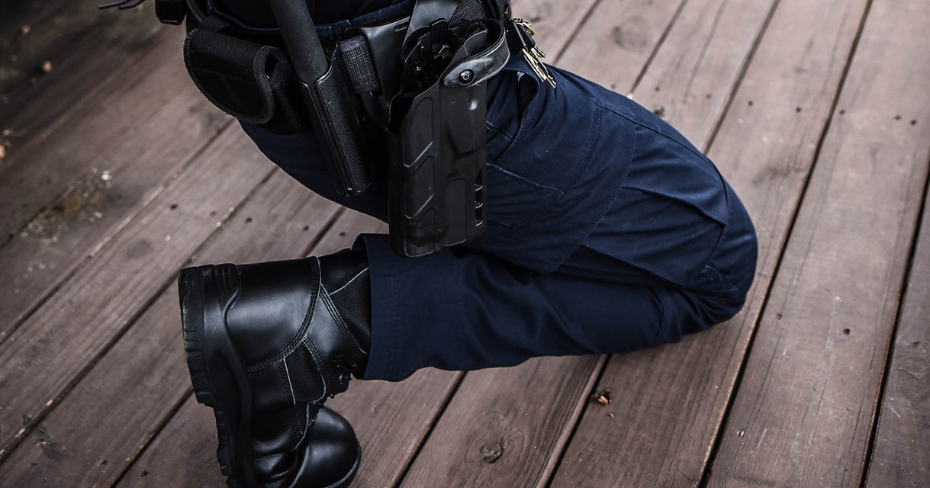
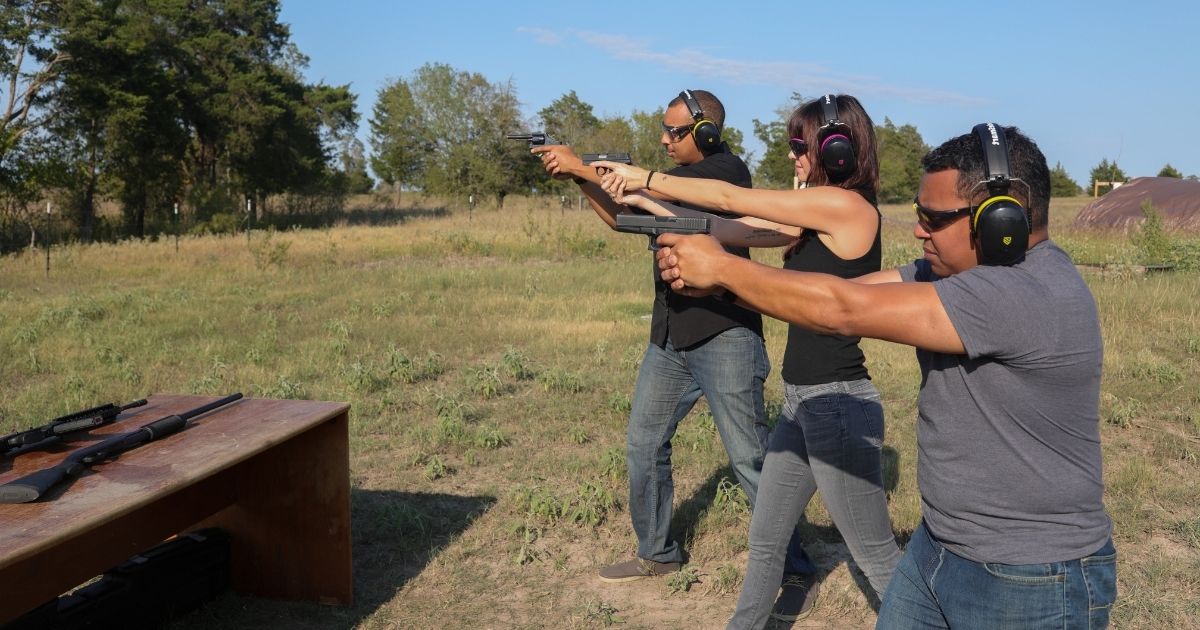
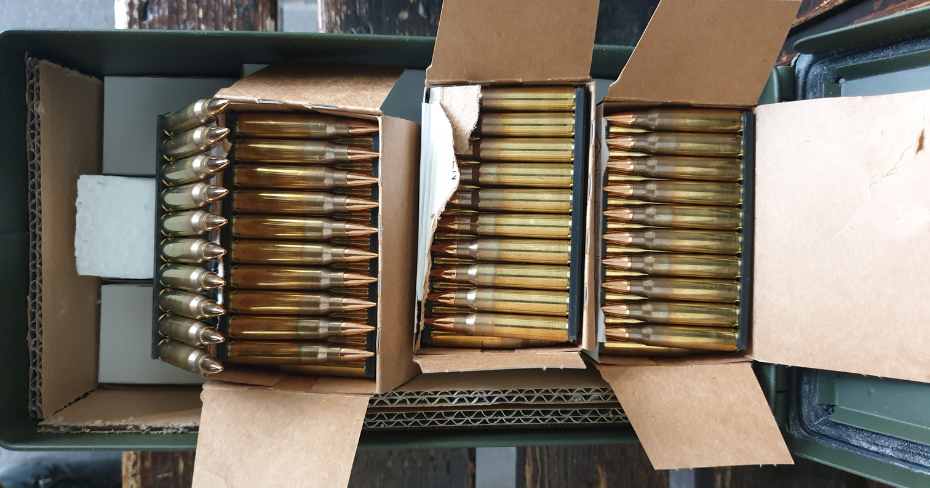
Leave a comment (all fields required)